

Brightest Day #0 (DC Comics) $3.99
By Devon Sanders
Zombie Aquaman is risen!
Following the events of DC Comics’ mega-event, Blackest Night, 12 formerly dead characters return from the dead with a mystery on their hands. And the question on everyone’s mind is “why them?” Why Flash villain and former Suicide Squad member, Captain Boomerang and not Superman’s father, Jonathan Kent? The 12 are on a quest for answers and they begin in Brightest Day #0. Writers Geoff Johns and Peter Tomasi craft a fun and intriguing tale that, well, let’s be honest, most any hardcore DC Comics fans could love. Artist Fernando Pasarin (Outsiders) job illustrating the happenings, displaying a true, dynamic understanding of anatomy, facial expression and page layout. In Brightest Day #0, characters discuss and recap continuity in the name of plot advancements. While not a bad thing, this issue is designed more to give new looks at tried-and-true characters DC characters to the DC faithful than for those new to comics.



 Spider-Man: Fever #1 of 3 (Marvel, $3.99)
Spider-Man: Fever #1 of 3 (Marvel, $3.99)
By Jeb D.
Superhero comics are probably harder to write than they seem. I present as evidence the script for Brendan McCarthy’s Spider-Man: Fever #1. Known for his work with Grant Morrison and on Judge Dredd, McCarthy writes like someone who hasn’t read a superhero comic in about twenty years. The characterizations of Spider-Man and Doctor Strange are flat, the “get-the-heroes-together” storyline perfunctory, and much of the exposition comes in the form of characters talking out loud to themselves.
But then there’s the art. Holy hell, this is one creepy damned book. And I don’t mean in a vulgar or fake-scary sense: McCarthy’s art in this book is the stuff of nightmares. Steve Ditko’s nightmares, really. McCarthy draws his inspiration from the reclusive genius who first drew both of the principal characters back in the 60’s, and ramps it up. Without spoiling too much of the plot, suffice it to say that the aspect of Spider-Man that we often gloss over—most people really don’t like spiders much—is the hook: in a fever-dream world of possessed spider-creatures, Spider-Man’s soul is lost, and it’s going to be up to Strange to get it back. The huge, weirdly dressed spiders roam through a landscape that is right out of back issues of Strange Tales, speaking in the voices of the occult damned, and in a particularly disturbing sequence, McCarthy relates the tale of an Aleister Crowley-like character who falls prey to his hubris in attempting to breach the arachnid dream-realm, and of his student’s horrifying transformation at the hands of the insectoid powers.
At only three issues, I doubt the storyline of this book has a lot in the way of interesting twists on the way, but this is one comic that I can definitely recommend on the basis of the art alone; I’m still a little creeped out just thinking about it.




 Jonah Hex #54 (DC Comics, $2.99)
Jonah Hex #54 (DC Comics, $2.99)
By Sean Fahey
I’ve said it before many a times in other venues, but I’ll repeat it here — I’m not a fan of “event” comics. Never have been. I grew up reading comics that, for the most part, had a complete story in every issue, and I as I grow older I find myself gravitating toward that type of storytelling again. I’ll take “The Twilight Zone” over “Lost” any day, and as far as comic books go, I’ll take the western Jonah Hex over…well, just about anything. The latest issue of the series finds the titular bounty hunter (and all around mean son of a bitch) in one hell of a bind with the law after being set up by a pair of clever thieves, and to make matters worse the only chance Hex has of surviving rests with the two-timers that put him in a bind to begin with. Writers Justin Gray and Jimmy Palmiotti prove, once again, their command of Western conventions — the morality play with violence being the physical expression of the character’s values — and if this issue stands for anything, it’s the proposition that sometimes you don’t need to be “good” you just need to be the best man in your world. I’d be remiss if I failed to also highlight the brilliant storytelling skills of artist Jordi Bernet, the Jonah Hex artist of record. I’d say that book doesn’t even need dialogue if Gray and Palmiotti weren’t so good at writing it. My favorite monthly series.





 Crossed: Family Values #1 (Avatar, $3.99)
Crossed: Family Values #1 (Avatar, $3.99)
By Jeb D.
Garth Ennis might be the best writer in comics today; he certainly seems to be the one that his contemporaries (not to say “peers”) seem to respect the most: his blend of strong characterization, sharp dialogue, black humor and willingness to step beyond the pale is something that few of them dare to emulate; even if Ennis would allow it, it’s hard to imagine any other writer handling spinoffs from, say, the cast of Preacher. With Crossed, Ennis’ great plague/zombie/survival series, though, Garth himself has indicated that there were probably still stories worth telling in that setting, even if he wasn’t interested in telling them.
Enter, then, David (Stray Bullets) Lapham, who takes up the gauntlet, and comes up with a first issue very much worthy of his predecessor.
If you haven’t read the original Crossed mini, I won’t spoil it for you—all you really need to know to enjoy this new series is that the Crossed virus has created a monstrous plague of killing, raping, cannibals.
The new book doesn’t get off to the most promising start: the privileged Pratt family is somehow surviving at the outskirts of the Crossed outbreak, but they harbor… wait for it… dark secrets! Including—gasp!—dad molesting his daughters. Not to minimize the real-life horror of such a thing, but as a setup, it’s pretty by the numbers for this kind of comic. Ennis would never just toss that in as a detail, though, and neither does Lapham. Plenty of writers can draw us into a difficult/dangerous/deadly situation, and make us wonder how the heck we’d cope in the characters’ places. Ennis always goes one further: he shows us the kinds of choices we’d have to make to survive, with none of the answers easy ones.
And Lapham’s right there with him. After our narrator, Adaline Pratt, confronts her father over his raping of her sisters, things turn violent—but in a world overrun by plague-carrying zombies (don’t even get me started on what technically constitutes a “zombie”), it’s a violence beyond what either has ever imagined. And following their escape from a bloody siege (made truly frightening by the vivid art of Javier Barreno, very much in the vein—so to speak—of Crossed co-creator Jacen Burrows), Adelaide finds herself living in two kids of simultaneous hell, and wondering who’s the greater monsters: the Crossed afflicted, or perverts like her father.
It’s only the first issue of this series, but it looks like Lapham just might deliver the best Garth Ennis story that Ennis never wrote.





 Kill Shakespeare #1 (IDW, $3.99)
Kill Shakespeare #1 (IDW, $3.99)
by Graig Kent
It’s been going on a long time, the repurposing of classic literary characters into other tales, heck, Disney’s been doing it for decades, but it’s only in recent years that there’s been made a point of having literary characters clash, or team up, or unify. Neil Gaiman hinted at such possibilities in the Sandman, Alan Moore blew the concept wide open with League of Extraordinary Gentlemen and Bill Willingham’s Fables has turned the conceit into its most accessible form. Kill Shakespeare does more of the same but creating solely a shared universe inhabited by the Bard’s muses. The first issue is a bang-for-the-buck cover-to-cover affair (no ads!) that finds Hamlet cast out of Denmark by his evil uncle/stepfather/king but on a quest, guided by the three witches from Macbeth, to resurrect his father. After a sea battle with pirates (yes, pirates) young Hammy winds up face to face with Richard III who says he has the key to the rebirth of the Dane’s father: kill William Shakespeare. Is it a great concept? Yes, most definitely it is, but, is it well executed? It’s too early to tell, as the first issue doesn’t provide enough world building to understand exactly how all these characters co-exist alongside each-other, not to mention inhabiting the same world as their scribe, and the reality of the place is under question as is it supposed to be a fairy tale world, a specific-set era, or a hybrid of both? Is it a magical land, or only so much as any of Shakespeare’s plays were, subtly so? And who is William Shakespeare in this sense? Is he a puppet master whose creations revolt against him? Is he a wizard, or just a playwright unaware of his effect upon the world in which he exists. As curious as these questions are, there’s only a marginal amount of temptation in Kill Shakespeare‘s first issue to find out the answers. The writing and art are both solid and accessible enough to both the high-school graduate and the Shakespeare enthusiast– with the dialogue mercifully taking on a quasi-Shakespearean tone without being impenetrable Bard-speak — but both script and art will ultimately succeed or fail on the execution of the idea. So, either this middle of the road affair will tip one way into an excellent series, fulfilling its clever idea, or it’ll go the other way into a plodding, dreadful mess of half congealed ideas.






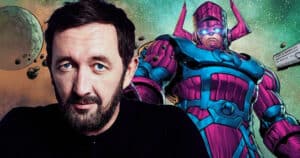



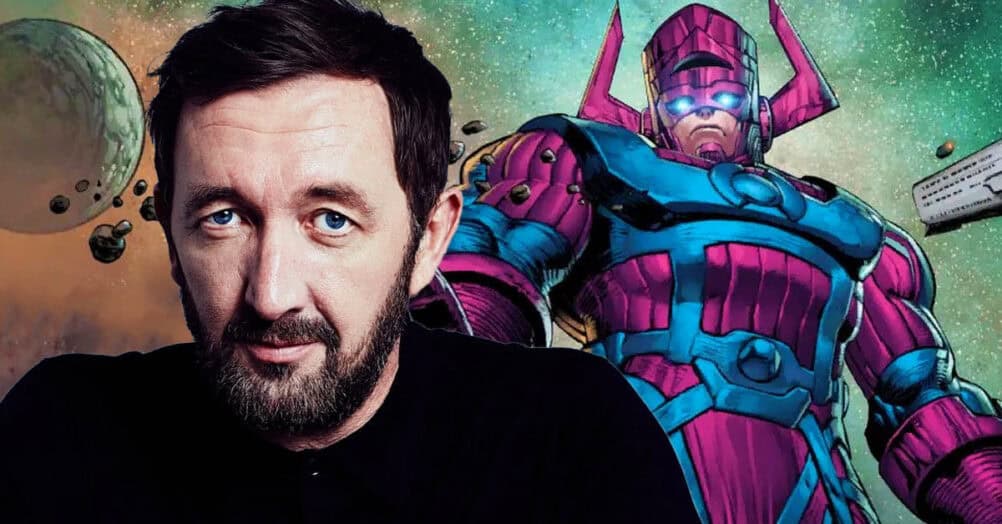
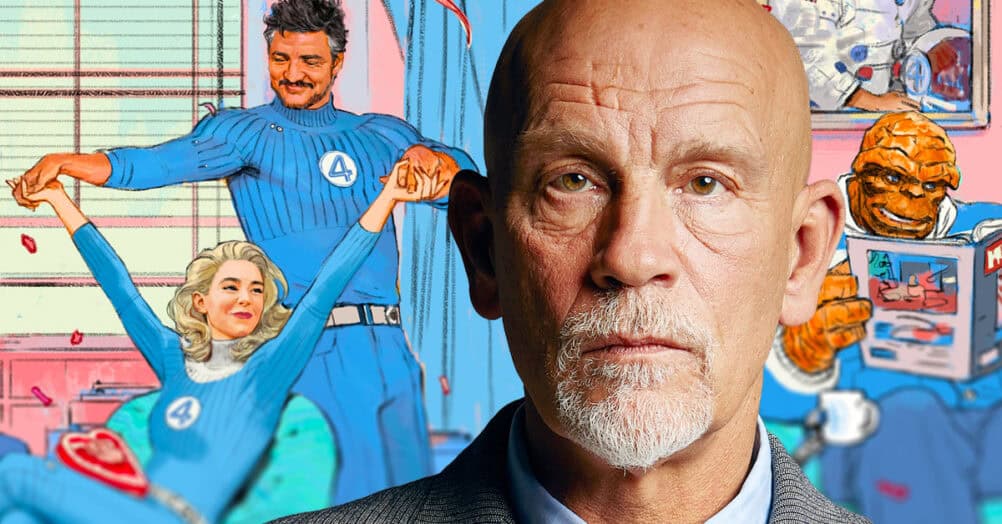


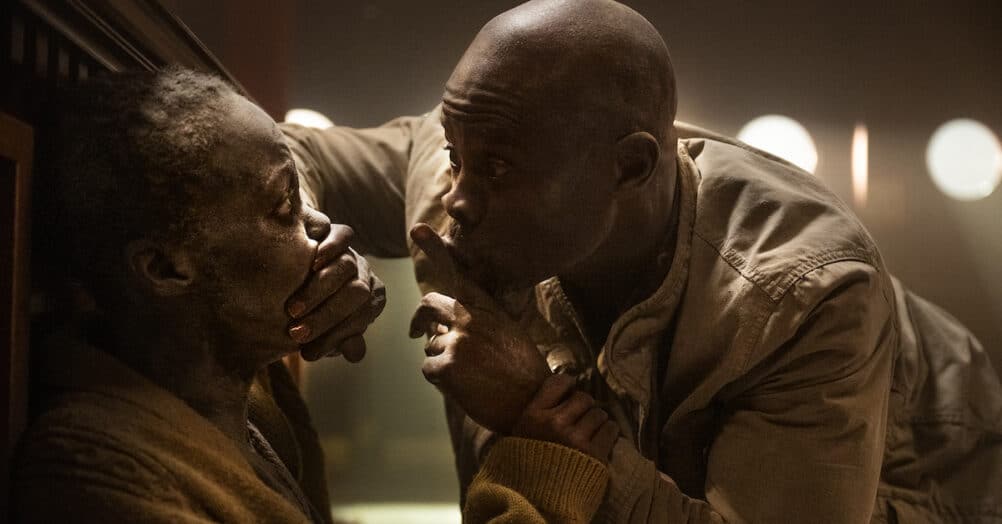
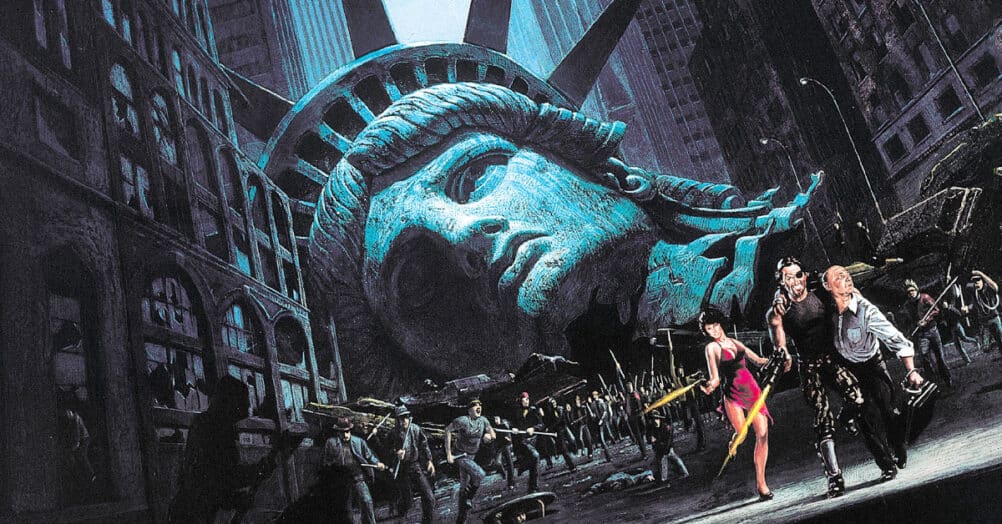



Follow the JOBLO MOVIE NETWORK
Follow us on YOUTUBE
Follow ARROW IN THE HEAD
Follow AITH on YOUTUBE